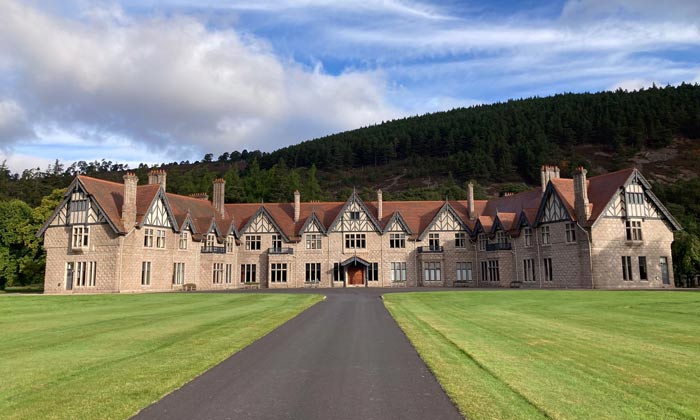ESOS Phase 3 reporting
Historic Buildings across Scotland
Pip Lorimer
Measuring energy consumption and identifying opportunities for energy reduction.
Client: Confidential

The Brief
TCL completed ESOS stage 3 reporting on a range of historic buildings around Scotland. Some parts of these buildings dated back to the 5th Century and varied in age, size & use. TCL undertook 13 site visits for the client, producing energy audit reports and recommendations following the ESOS legal guidance.
Areas
Building decarbonisation in the UK
Opportunites
- Improve energy management. This includes opportunities to improve; recording data, monitoring energy consumption data, & storage of data.
- Reduce energy use and carbon emissions, whilst maintaining historic characteristics of the buildings.
- Maintaining land management.
- Improving strategies for maintaining humidity.
- Implementation of low-carbon heating technologies as well as draft proofing & insulation. It was important that these actions would be in-keeping with the age and architecture of the building.
- Transport could be replaced with electric alternatives.
- Possible installation of solar PV and/or wind turbines on some sites.
Challenges
- The organisation is large so that meant sorting & handling a lot of data.
- Implementing new data management systems along the way to improve efficiency.
- Client recovering from impacts of COVID-19.
- The buildings audited were listed and historic which needed to be considered throughout all recommendations.
Related Case Studies
